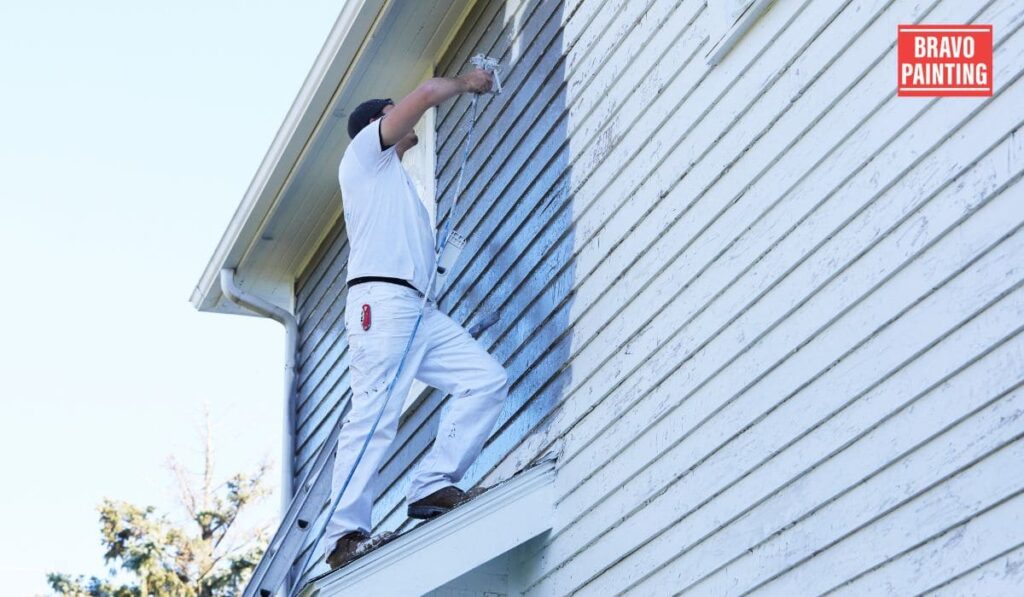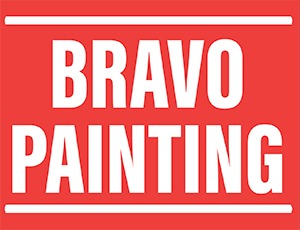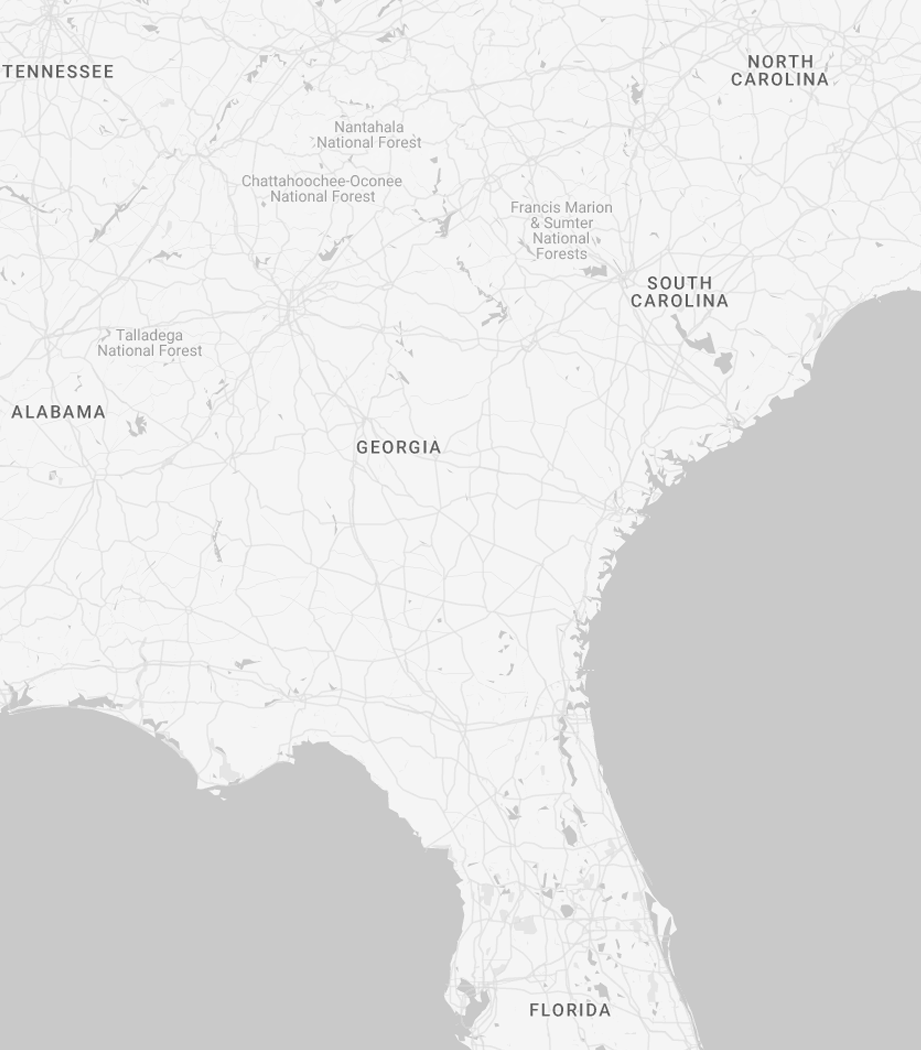When it comes to maintaining the exterior of your commercial building, exterior commercial painting plays a crucial role in both protecting the structure and enhancing its visual appeal.
However, the longevity and effectiveness of commercial exterior painting can be significantly impacted by various weather conditions.
Understanding how different weather factors affect the performance of paint can help you make informed decisions on how to combat these issues and preserve the investment in your commercial property.
In this article, we will explore the primary weather conditions that affect exterior commercial painting and how to protect your investment by selecting the right materials and techniques for commercial building exterior painting.
The Impact of Weather on Exterior Commercial Painting
Weather conditions—including heat, cold, moisture, and wind—can have a profound impact on how well exterior paints perform over time.
From the selection of paints to the timing of the painting job, weather plays a role in the durability and appearance of your painted surfaces.
Here’s a deeper look into how various weather elements affect exterior commercial painting and how to mitigate their impact:
1. Sun Exposure and Heat
High temperatures and prolonged exposure to the sun can significantly affect the integrity of exterior commercial paints.
When commercial exterior painting is subjected to constant UV rays from the sun, the paint’s molecular structure begins to break down.
This leads to fading, discoloration, and even cracking or peeling of the paint.
Dark colors tend to absorb more heat, which accelerates the fading process and diminishes the protective qualities of the paint.
How to Combat It:
- Opt for UV-Resistant Paint: When selecting paint for your commercial building exterior, choose high-quality UV-resistant paint. These paints are formulated to withstand the damaging effects of the sun’s rays, providing greater longevity and preserving the vibrancy of the paint color.
- Consider Lighter Shades: Darker colors absorb more heat, causing them to fade more quickly. For better protection, choose lighter or neutral tones that are not as prone to absorbing heat. These colors will not only help maintain a fresh appearance for longer but will also minimize heat buildup, which could lead to peeling or bubbling in the paint.
2. Cold and Freezing Temperatures
Cold temperatures, especially during the winter months, can severely affect the curing and adhesion process of exterior paints.
Paint applied during freezing conditions may take longer to dry, or it may fail to cure properly.
This can result in streaks, uneven coverage, and premature peeling.
The low temperatures can also affect how well the paint bonds to the surface of the building, which can compromise the durability of the paint.
How to Combat It:
- Schedule Painting for Mild Weather: The ideal temperature range for applying paint is between 50°F and 85°F. If possible, avoid painting during the coldest months of the year. For best results, plan your commercial exterior painting project during mild, dry periods when temperatures are consistently within the optimal range.
- Use Cold-Weather Paints: For colder climates, there are specialty paints designed to cure in lower temperatures. These paints are formulated to withstand cold conditions and provide effective protection against the elements, ensuring long-lasting results even when the temperature drops.
3. Rain and Moisture
Rain and moisture are among the most significant threats to exterior commercial painting.
Wet conditions can cause paint to wash away before it has a chance to adhere properly, leading to a weak and ineffective finish.
Excess moisture can also lead to the development of mold and mildew, which can cause peeling, bubbling, and discoloration over time.
Furthermore, humidity in the air can interfere with the curing process, preventing the paint from bonding effectively with the surface.
How to Combat It:
- Choose Dry Seasons for Painting: Ideally, schedule your commercial exterior painting project during the driest months, especially if you live in an area with frequent rainfall. This will help ensure that the paint adheres properly to the surface and that the finish remains intact over time. Painting during dry conditions also allows the paint to cure fully without interference from moisture.
- Use Water-Resistant Paints: Water-resistant or waterproof exterior paints are formulated to withstand exposure to rain and moisture. These paints are designed to prevent water from seeping into the painted surface, ensuring that the finish remains intact and that the structure is protected from the elements.
4. Wind and Airborne Debris
Strong winds pose another challenge to the success of commercial exterior painting.
Wind can carry dust, dirt, and debris that can adhere to freshly applied paint, resulting in an uneven finish.
In addition, gusts of wind can cause premature drying of the paint, which may affect its smoothness and adhesion.
This can lead to a rough, streaky, or patchy finish that will require additional touch-ups and rework.
How to Combat It:
- Choose a Calm Day for Painting: Windy days should be avoided when planning your commercial exterior painting project. Wind can disrupt the drying process, create an inconsistent finish, and introduce contaminants into the paint. If possible, choose a calm, wind-free day for painting to achieve a clean, smooth finish.
- Protect the Painted Surface: To protect freshly applied paint from airborne debris, consider using tarps, plastic sheeting, or other protective covers to shield the painted surface from dust and dirt. These coverings will help keep the surface clean and ensure that the paint dries evenly without interference.
5. Humidity and Moisture Build-Up
High humidity levels can have a detrimental effect on the curing process of exterior commercial painting.
When humidity is high, the moisture in the air can prevent paint from curing properly, which can lead to issues like blistering, bubbling, or peeling.
Excess moisture trapped beneath the surface of the paint can also weaken its bond to the building, reducing its durability and effectiveness.
How to Combat It:
- Ensure Proper Ventilation: Good ventilation is essential when painting in areas with high humidity. Make sure to allow adequate airflow during the painting process to help reduce moisture buildup. If necessary, use dehumidifiers or fans to circulate the air and assist in the drying process.
- Use Anti-Moisture Paints: Certain paints are specifically designed to resist moisture and prevent issues like blistering and peeling. These paints are ideal for use in areas that experience high humidity levels or damp conditions. Using moisture-resistant paint will help prevent damage to the exterior over time.
Additional Considerations for Commercial Building Exterior Painting

While weather conditions are a major factor in the success of your exterior commercial painting project, there are other important considerations to keep in mind:
1. Choosing the Right Commercial Exterior Painting Service
When looking for “commercial exterior painting near me,” it’s essential to choose a painting company with experience in commercial projects and a strong understanding of the specific challenges posed by weather conditions.
Make sure that the company is knowledgeable about various paint types and how they perform in different climates.
Things to Look for in a Commercial Painting Service:
- Expertise in Handling Weather Conditions: Choose a company with a track record of working in varying weather conditions and adapting their techniques accordingly.
- Knowledge of Durable Paint Options: Ensure the service provider offers high-quality, weather-resistant paint options that will provide lasting protection against the elements.
- Flexibility with Scheduling: Since weather can be unpredictable, it’s beneficial to hire a commercial painting service that is flexible and able to work around weather restrictions to complete the job on time.
2. Understanding Commercial Exterior Painting Prices
Commercial exterior painting prices can vary significantly based on factors such as building size, the type of paint used, and the complexity of the job.
While it may be tempting to opt for a low-cost option, it’s essential to balance cost with quality to ensure the long-term durability of your paint job.
Factors That Affect Pricing:
- Building Size: Larger commercial buildings will require more time and materials to complete, which can increase the overall cost.
- Paint Quality: High-quality, weather-resistant paints tend to cost more upfront, but they provide better protection and longer-lasting results, making them a smart investment in the long run.
- Surface Preparation and Cleanup: Proper surface preparation is essential for ensuring the paint adheres properly. Additionally, the time spent on post-painting cleanup can affect the overall cost of the project.
3. Regular Maintenance and Touch-Ups
Even the best exterior paint colors for commercial buildings will show signs of wear over time.
Regular maintenance and touch-ups are necessary to keep the exterior looking fresh and ensure the paint remains in good condition.
Scheduling periodic inspections and repainting as necessary will help extend the lifespan of your exterior paint job.
Proactive Maintenance Tips:
- Regular Inspections: Inspect your exterior periodically for signs of damage, such as fading, cracking, or peeling. Catching issues early can prevent more extensive damage down the line.
- Routine Cleaning: Clean the exterior surfaces of your building regularly to prevent dirt, mold, and mildew buildup, which can degrade the paint over time.
- Touch-Ups and Repainting: Plan for touch-up coats or a full repaint every 5 to 7 years, depending on the condition of your paint and the amount of exposure to the elements.
Conclusion
Weather conditions play a significant role in the durability and appearance of your commercial building’s exterior paint.
Understanding the ways in which extreme heat, cold, moisture, and humidity can affect the paint’s performance will help you take the necessary steps to protect your investment.
By choosing the right paints, planning your project for favorable weather conditions, and maintaining regular upkeep, you can ensure that your commercial exterior painting remains vibrant, protective, and effective for years to come.
If you’re ready to improve the appearance of your commercial building, consider consulting a trusted commercial exterior painting near me service.
Investing in high-quality, weather-resistant paints and incorporating proper maintenance practices will help combat the effects of weather conditions, allowing your commercial building to remain visually appealing and protected for the long term.
FAQ’s:
What is the best time of year to paint a commercial building?
The best time to paint is during dry, mild weather, ideally between 50°F and 85°F. Avoid extreme temperatures and moisture.
How do weather conditions affect commercial exterior painting?
Extreme heat, cold, moisture, and humidity can impact paint adhesion, curing, and longevity, leading to fading, cracking, and peeling.
What are the best exterior paint colors for commercial buildings?
Lighter, neutral colors are ideal for commercial building exterior painting, as they absorb less heat and are more resistant to fading.
How can I protect my investment in commercial exterior painting?
Choose UV-resistant, water-resistant paints, schedule painting during favorable weather, and invest in regular touch-ups to maintain the finish.
How much does commercial exterior painting cost?
Commercial exterior painting prices depend on factors such as building size, paint quality, and labor rates. High-quality, weather-resistant paints often cost more for long-lasting protection.


